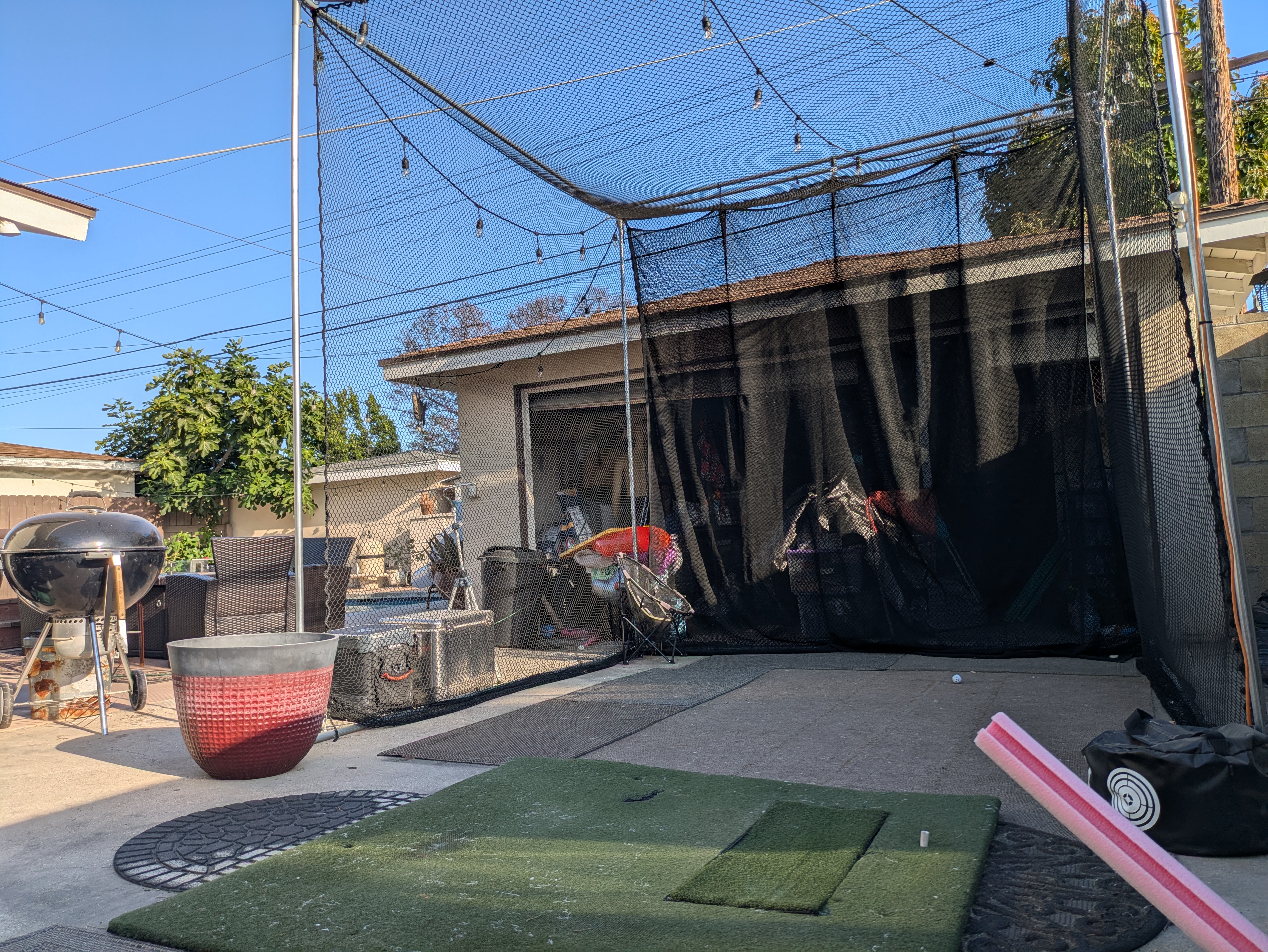
Navigating the Split in the Game We Love
In our recent episode of the Holy Duffer Podcast, we dove headfirst into one of golf’s most pressing and contentious issues: bifurcation and its far-reaching implications. With Dr. Nico joining us as a guest, we tackled how technological optimization could be driving a wedge between professional and amateur golf. This article serves as an extended discussion on the podcast episode, aiming to delve deeper into the topics discussed.
The Initial Spark: Optimization’s Influence
Pros vs. Amateurs: A World Apart
In the podcast, Dr. Nico shed light on the vast differences between amateur and professional golf, humorously referring to pro players as “mutant aliens.” This analogy underscores the immense gap in challenges and resources faced by different levels of players. The optimization in equipment, techniques, and data analytics is significantly more advanced among pros, creating a bifurcation that’s often ignored.
Nico poignantly notes, “Amateur golf and pro golf are not even in the same realm. They are not playing the same game.” His declaration echoes a sentiment felt by many golf enthusiasts who strive to bridge the performance gap but feel stymied by the disparities in technology and resources.
The Marketing Mirage: Golf as an Entertainment Product
Following the Money
We can’t discuss the bifurcation of golf without acknowledging the financial dynamics at play. Our discussion segued into how sponsorships and affluent players influence the game. Major corporations continue to invest heavily in golf, not because of stellar TV ratings, but because the sport attracts a wealth-loving demographic that makes high-stakes deals on the course.
Mark and I discussed the likes of FedEx pouring millions into the FedEx Cup despite relatively low TV ratings. The underlying theme is that golf, at its apex, isn’t just a sport—it’s an entertainment product. Other sports leagues, particularly the NFL and NBA, have long understood this dynamic. However, golf has been slower to embrace its identity as a form of entertainment.
Rolling Back Technology: A Misguided Approach?
The Case Against Equipment Regression
One of the more controversial topics we covered was the idea of rolling back equipment to maintain traditional aspects of golf. This proposal often posits that technological advancements make the game too easy for pros, thereby reducing the challenge and prestige of historic courses.
However, as Strolan quoted Rory McIlroy, “Elite pros and ball manufacturers think bifurcation would negatively affect their bottom lines, when in reality, the game is already bifurcated. You think we play the same stuff you do?” This highlights the erroneous belief that amateurs and professionals should be subjected to the same rules and equipment. Rolling back technology primarily disadvantages amateurs, who already face significant barriers to performing at higher levels.
An Alternative: Changing How We Think About Par
Reimagining the Structure of Scoring
Rather than defaulting to equipment changes, our discussion touched on a more innovative solution—altering par values. This approach argues that manipulating par to reflect the modern game’s realities makes more sense than clinging to outdated norms.
For instance, eliminating par fives or redefining pars based on the hole’s actual difficulty could revolutionize how we interpret and enjoy golf. This mindset shift acknowledges the evolution of the game and embraces the benefits of optimization without alienating amateur players.
Embracing Optimization: The Path Forward
Maximizing Resources
One of the keys to improving as an amateur golfer is leaning into available optimization technologies. Tools like launch monitors and advanced club fitting can significantly elevate an amateur’s performance, essentially democratizing some of the advantages that were once exclusive to pros.
Mark and I discussed our backyard setups with Skytrack and other optimization tools, emphasizing the importance of investing time and resources into understanding one’s game. The message is clear: while the professional game may seem lightyears ahead, substantial improvements are attainable for dedicated amateurs.
Conclusion: Awareness and Action
Aligning the Game’s Future
The salient point of our podcast, and this extended discussion, is that awareness is crucial. Golf is already bifurcated; ignoring this reality does a disservice to players at all levels. Embracing this split and optimizing resources for amateurs will ensure the game remains accessible and enjoyable.
As we continue to explore these topics in future episodes, we encourage our listeners to stay informed and proactive. If bifurcation is inevitable, let’s shape it to the benefit of all who love the game.
> You can reach Mark at mark@holyduffer.com and Strolan at strolan7@holyduffer.com. Follow us on your favorite podcast platforms and join the conversation on how we can optimize and adapt to the evolving world of golf.



